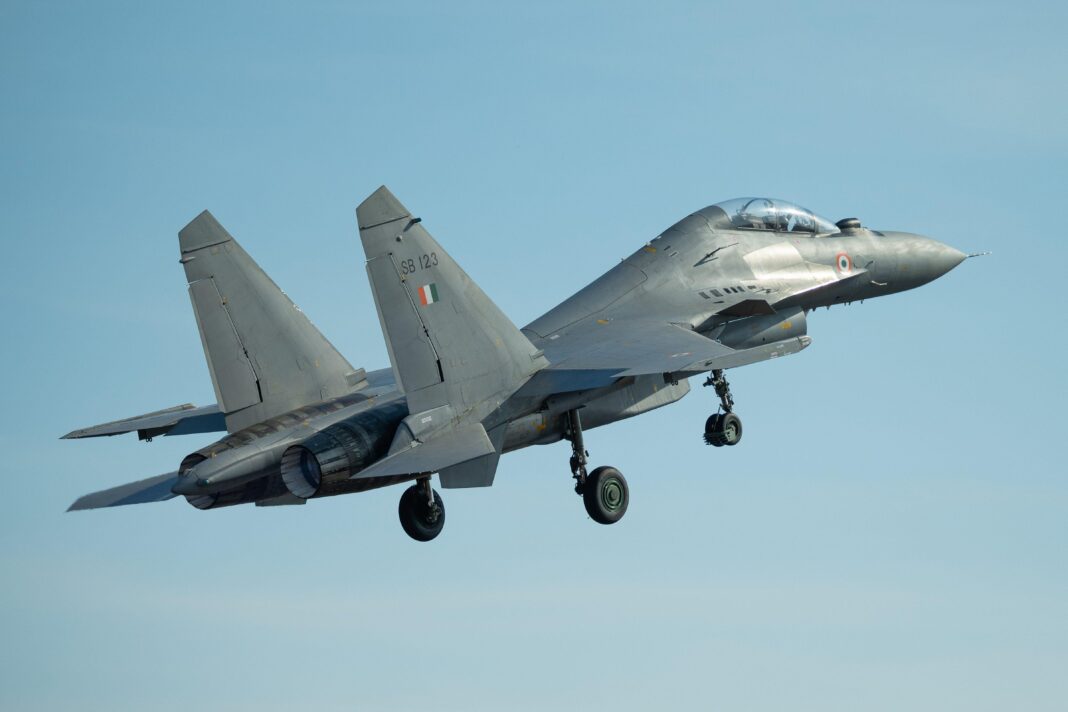The Indian government has unveiled plans for a ₹63,000–66,000 crore “Super Sukhoi” upgrade program aimed at transforming up to 84 of the Indian Air Force’s Su‑30MKI jets into near-fifth-generation aircraft. The proposal has been approved by the Defence Acquisition Council (DAC) and is pending final clearance from the Cabinet Committee on Security (CCS) Business Standard
1. 🛠 Scope & Budget
- The first phase covers 84 Su‑30MKI aircraft, with a total estimated cost between ₹63,000–66,829 crore ($7.5–7.8 billion)
- It involves 51 major system upgrades, including avionics, radar, engine, mission computers, sensors, and weapons
2. 🔭 Radar & Sensors Power-Up
- Jets will receive the indigenous Virupaksha AESA radar, offering 1.5–1.7× greater detection than legacy Russian systems (~400 km range)
- Additional upgrades feature IRST, next-gen electronic warfare suites, and digital fly-by-wire control systems
3. 🤖 AI & Manned-Unmanned Teaming
- The “Super Sukhois” will support Manned-Unmanned Teaming (MUM-T), enabling coordination with AI-driven drones via secure data links
- AI-based avionics enhancements—including mission computers and predictive maintenance—will drive faster decision-making and efficiency
4. 🎯 Weapons & Indigenous Content
- Upgrades support integration of advanced missiles like BrahMos‑A/ER, Astra‑2/3, R‑77, and smart air-to-ground ordnance
- Indigenous content will increase from ~63% to nearly 78%, supporting the “Make in India” initiative; HAL leads on 30 systems, DRDO on 13, and private firms on 8
5. ⏱ Timeline & Strategic Impact
- Approval for the DAC phase came in Nov 2023, with CCS clearance expected by 2025–26
- First prototypes may appear by 2025–26, with initial operational capability by 2028–30, and full upgrades over the next 15 years .
- The upgrades will extend service life until 2055, enhancing deterrence, regional airpower, and India’s path to 42 squadrons by 2035
✅ Summary
The government’s Super Sukhoi upgrade is a multi-year ₹63,000–66,000 crore project to modernize Su‑30MKI jets with AESA radar, AI-enabled avionics, advanced missiles, and MUM-T capabilities. With high indigenous content and a phased rollout, this program strengthens India’s defence readiness into the 2050s.



